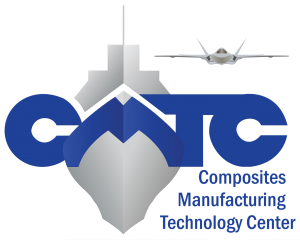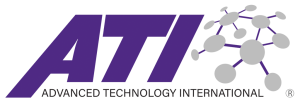
Overview
Project Number: J2777-A
Project Title: Advanced Mixing Method for Infrared Countermeasures
Period of Performance: MAY20 – DEC24
Objective
The current method for mixing magnesium, Teflon™, Viton™ (MTV)-based infrared countermeasure energetics involves the use of mixing technology that has been in production for many years. These mixing methods, namely the Mix Muller and Cowles mixing systems, while effective, have seen significant optimization over the years. Further optimization is not anticipated to yield the cost savings desired by the countermeasure’s procurement community. In addition, the current mixing technologies do not accommodate automation. Handling MTV materials is very dangerous and has led to many serious injuries and death. Automation is particularly critical to removing personnel from the hazardous environments. New mixing technology, Resonant Acoustic Mixing (RAM) by Resodyn, has been introduced to the market and has seen significant success in mixing other energetic materials due to improved safety and reduced mixing times. Additionally, RAM lends itself to automation and has been demonstrated to mix MTV at Naval Surface Warfare Center Crane Division (NSA Crane). Additionally, Naval Surface Warfare Center Indian Head Division (NSWC IHD) Explosive Ordinance Division Technology Division (EODTD) has scaled the mixing of other types of energetic materials.
This joint project with the Composites Manufacturing Technology (CMTC), Energetics Manufacturing Technology Center (EMTC) and Office of the Secretary of Defense (OSD) Manufacturing Science and Technology Program (MSTP) was leveraging lessons learned from both NSWC Crane and NSWC IHD EODTD to demonstrate the ability to scale-up production of MTV utilizing the RAM technology suitable for production operations. Furthermore, Chemring Countermeasures’ Kilgore operation will develop the mixing process so that it is compatible with both downstream processing requirements and newly developed automation processes. Franklin Engineering will develop the automation system to add constituent materials and transfer mixed material through various stages and bowl clean-up procedures.
Payoff
The expected benefits anticipated to be achieved under this project, the most significant payoff will be the removal of personnel from a very hazardous manufacturing process through implementation of automation. Secondary to this is reduced cost as a result of decreased mixing times with the RAM mixer and reduced labor through automation. MTV-based flares are used on nearly every combat aircraft in the Department of Defense (DoD) inventory. Cost savings at Chemring Countermeasures’ Kilgore facility for ignition composition alone are estimated to be as much as $150K per year.
Implementation
The mixing process and automation system developed under the CMTC and EMTC project are anticipated to be capable of small-scale production suitable for ignition composition. This system may be transferred to a contract for production use. Implementation of the mixing process for ignition composition is expected to begin in FY2025.
*Prepared under ONR Contract N00014-21-D-7001 as part of the Navy ManTech Program.
*DISTRIBUTION STATEMENT A. Approved for public release: distribution unlimited. DCN# 2024-11-6-309; Approval Date: 11/14/2024

